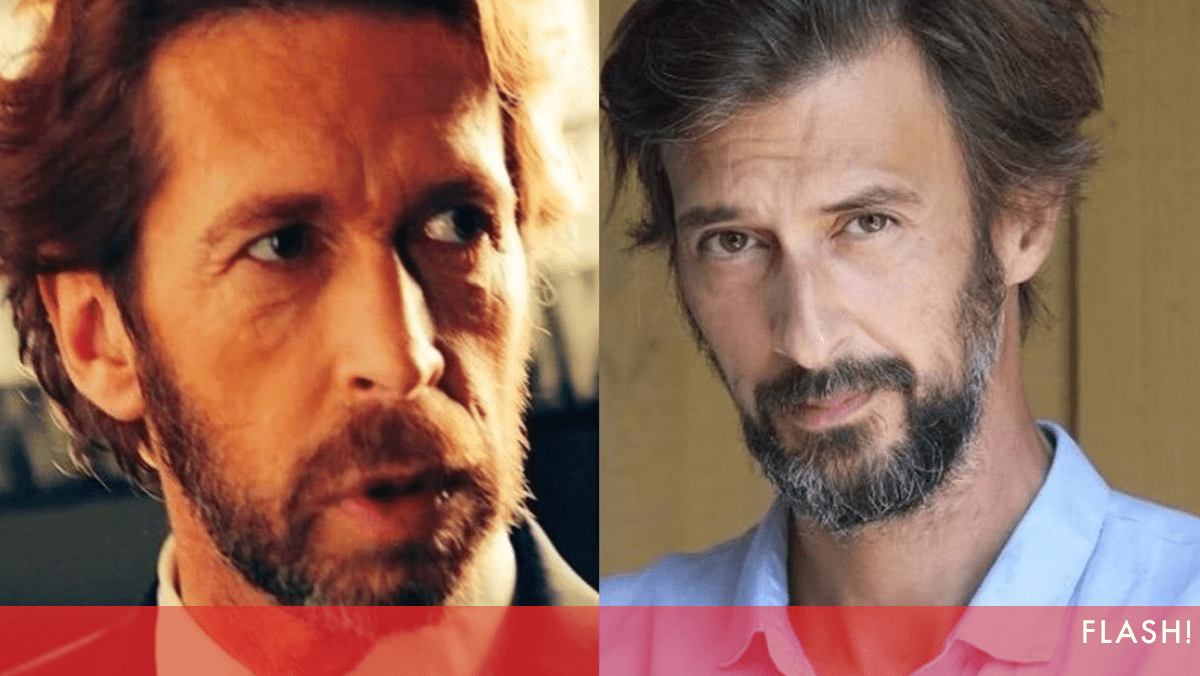The City Hall of São Paulo recorded, through the Municipal Health Secretariat (SMS), an increase of 67.12% in the number of visits to indigenous villagers and self-declared residents of the city of São Paulo. The survey considered the period from 2019 to 2022, with a total of 184,398 consultations. In the first half of this year alone, there were 22,747 assists.
The data shows that in 2019, there were 30,756 admissions, while in 2020 there were 37,375 admissions. In the following years, 2021 and 2022, the network served 42,122 and 51,398 people, respectively.
SMS Aboriginal Technical Area Coordinator Catherine Rousseau-Espinosa-Degan explains that strategies for facilitating access to care include integrated and personalized actions. “A humane view of welcoming indigenous people to the municipality is part of a series of health and welfare promotion measures. We are thinking about health policies strategically in order to expand the access of these residents to the municipality’s network in a personalized way and to focus on the specific needs of this audience.”
specialized network
*The service is provided, in addition to being implemented in all Basic Health Units (UBS) in the city, in two other exclusive units: the original UBSs (UBSIs) Vera Poty/Krukutu, which serves an estimated 1,370 villagers in the Southern District, and Aldeia Jaraguá – Kwarãy Djekupe, reference to 754 villages in the northern part of the capital.
The difference, according to Catherine, is due to the work of doctors and nurses who specialize in indigenous health, and the active participation of indigenous peoples. “This connection between health professionals and Indigenous leaders provides greater interaction with the community, allowing us to provide comprehensive, assertive and equitable care.”
Proof of this are the conversation episodes with the topic LGBQIAPM +, which take place every week with young people from Aldeia Jaraguá, a way to give support and welcome to this audience. “I think these meetings are very important, because we feel safe, we have support and we learn to be aware of who we are and, above all, to accept ourselves. In these meetings we become stronger and this brings us a lot of comfort, ”says Gabriel Augusto Wera Bobegwa, 17, From the village of Garagua.
International Indigenous Peoples Day
On Wednesday (9), SMS carried out several cultural and health activities typical of children, adults and elderly indigenous peoples of the Guarani ethnic group from the communities of Tenondé Porã, Krukutu, in the extreme south of the capital, and Jaraguá, in the northern region. The initiative aims to integrate cultural customs into the discussion and practice of health promotion in reference to the International Day of Indigenous Peoples.
procedures
UBSI Aldeia Jaraguá
Stock of the week
Thursday (8:30 a.m.): Indigenous storytelling at Pico de Garagua State Park
Friday (10 a.m.): Conversation panel with LGBQIAPM+ youth, at UBSI Jaraguá
indigenous people in the capital
Currently, according to the 2022 census, 197,777 self-declared indigenous people live in the city of São Paulo. Of these, about 2,000 people live in demarcated villages in the neighborhoods of Jargua, in the northern region, and in Barilleros, in the southern region, and the rest in the urban context.
In the city there are two areas of indigenous Guaraní territory: Jaragua, with the villages of Biao, Itacubi, Ife Pura, Ita Ende, Ita Vera and Itu, in the northern area, where approximately 800 people live; and the original land of Tenondé Porã, in the southern region, with eight villages (Tenonde Porã, Krukutu, Guyrapaju, Kalipety, Yrexakã, Kuaray Rexakã, Tape Mmir and Tekoa Porã), with more than 1,400 people.
SECOM – São Paulo City Council
e-mail: [email protected]
Press room: press.prefeitura.sp.gov.br
Facebook I Twitter I Instagram I Tik Tok I Youtube I video collection I linkedin

“Writer. Analyst. Avid travel maven. Devoted twitter guru. Unapologetic pop culture expert. General zombie enthusiast.”
